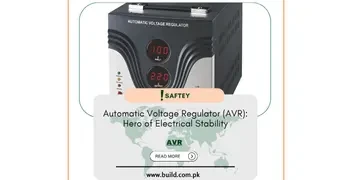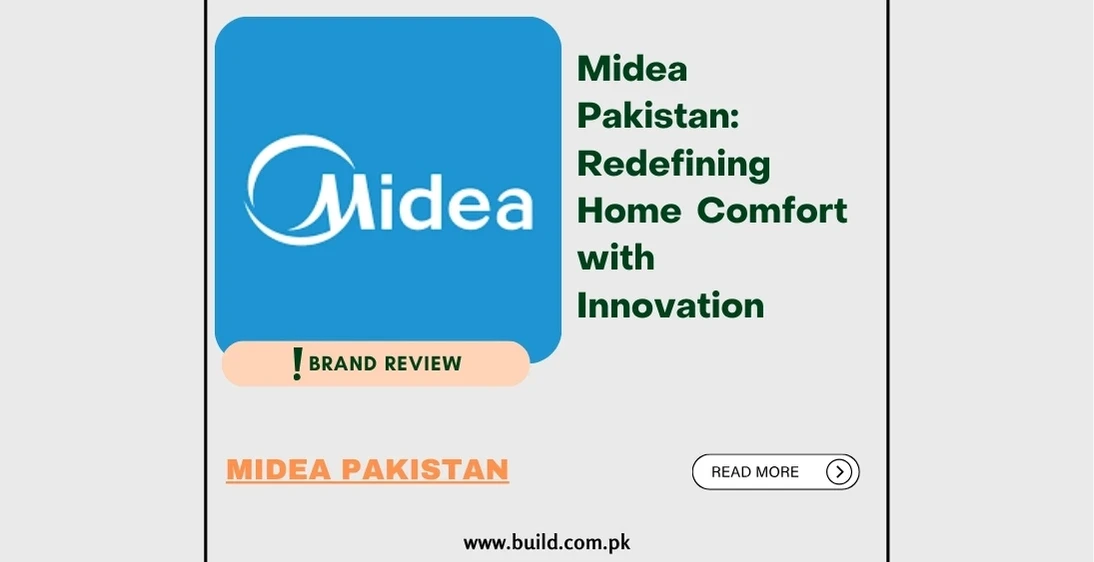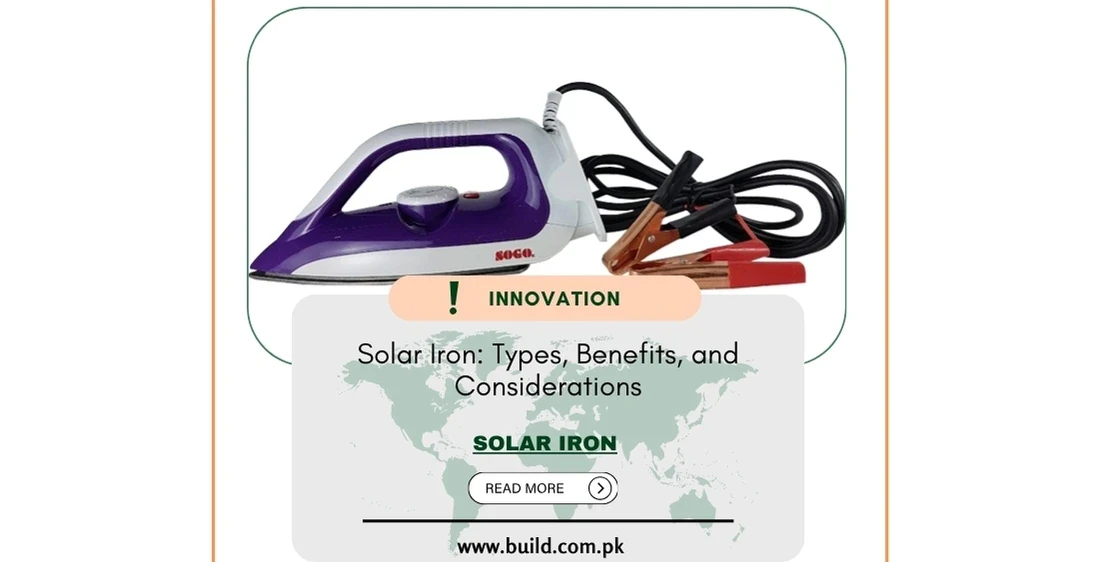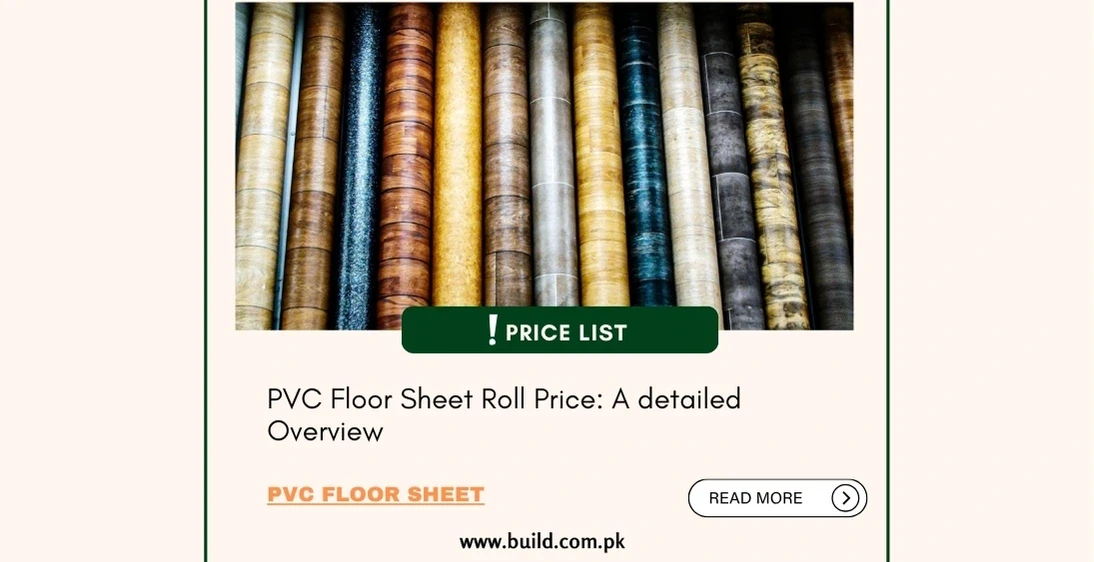Fiberglass Rebar (GFRP): High-Strength Future of Construction
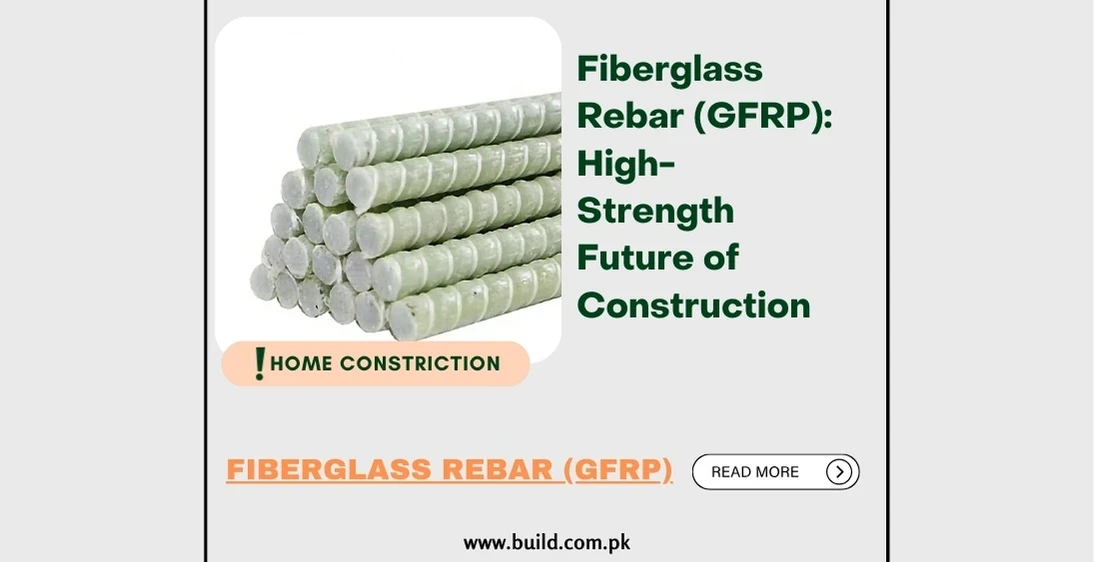
Introduction:
In an age where durability, sustainability, and innovation shape the construction industry, High-Strength Fiberglass Rebar (GFRP) represents a breakthrough for reinforcing concrete structures. Offered via Candide Global on Build Pakistan, this advanced rebar presents impressive material properties for builders aiming for long-lasting, corrosion-resistant construction.
What Is Fiberglass Rebar (GFRP)?
Fiberglass Rebar, or GFRP, is a composite material combining fiberglass fibers and resin—usually via pultrusion. This production method ensures a uniform, high-performance rebar. Unlike steel, GFRP is non-corrosive, non-magnetic, and offers a remarkable tensile strength of 500–600 MPa, while maintaining a low density of 2.1–2.2 g/cm³.
Check out the Product: https://build.com.pk/product/high-strength-fiberglass-rebar-gfrp
Key Attributes of Candide Global’s GFRP Rebar
Diameter:
Customizable between 6 mm and 32 mm
Tensile
Strength: 500–600 MPa
Shear
Strength: >110 MPa
Elastic
Modulus (E-modulus): ≥40 GPa
Colors
& Lengths: Customizable
Working
Temperature: −40 °C to 120 °C
Service
Life: Over 75 years
Surface:
Sand-coated or smooth for better concrete bonding
It offers a better lifecycle in corrosive environments compared to
steel.
Advantages of GFRP Rebar
Corrosion Resistance & Longevity:
GFRP doesn’t rust—ideal for marine or chemically aggressive environments—extending structure lifespan significantly.
High Strength-to-Weight Ratio:
- It's strong yet lightweight, easing handling and reducing structural load.
- Perfect for MRI rooms, toll booths, or structures requiring radio transparency.
Reduced Concrete Cover Requirements:
Its
corrosion resistance allows for thinner concrete covers, saving materials.
Limitations and Design Considerations
Brittleness & Low Ductility:
GFRP
fails without yielding—offering little warning before failure—so structures
need careful design adjustments.
Lower Modulus & Greater Deflection:
With
lower stiffness, concrete members may deflect more under load, demanding
recalibration in design.
Difficulty in Field Bending:
GFRP
cannot be bent on-site—pre-fabricated bends are required, increasing cost and
complexity
Shear Reinforcement Challenges:
Inferior shear performance often requires redesign using more concrete or alternative solutions.
Practical Considerations for Engineers
- Consult engineers familiar with GFRP design principles
- Account for increased quantity or thickness due to deflection limits
- Ensure pre-fabricated elements are properly ordered for on-site assembly
- Implement
adequate fire protection due to limited heat resistance
Summary Table: GFRP vs. Steel Rebar
Property | GFRP Rebar | Steel Rebar |
| Stiffness (Modulus) | Lower (~40 GPa) | Higher (~200 GPa) |
| Tensile Strength | Higher (500–600 MPa) | Typically lower |
| Corrosion Resistance | Excellent | Prone to rust |
| Weight | Lightweight | Heavier |
| Flexibility | Inflexible | Ductile, field-bendable |
| Magnetic/Electrical | Non-magnetic, insulative | Conductive, magnetic |
| Fire Resistance | Lower (needs protective cover) | Higher |

Final Insights:
High-Strength
Fiberglass Rebar (GFRP) is redefining construction in Pakistan by offering a
corrosion-resistant, strong, and long-lasting alternative to steel. Especially
for demanding environments or long-term infrastructure, GFRP adds significant
value.
Available
now on Build Pakistan from Candide Global—it’s a smart option for
forward-thinking engineers and developers.
